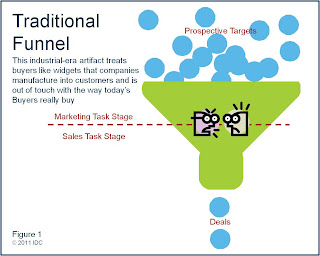Have You Made Your Healthcare Marketing Resolutions for 2012?
New Year's Resolutions , for the most part, play an important role in most everyone's life. To lose weight. Live life more fully. Be a better husband, wife, or significant other etc. Value more what we have in our family and friends. And many more that I have missed. But have you ever considered New Year' Resolutions as a part of your business and managerial life? So my last Healthcare Marketing Matters blog for 2012, is about New Year Marketing Resolutions. My own Top 10 list to get things started. What are yours? 10 . Educate my organization about the value of my department and work. I will lead and prove my departments ROI . 9. Continue to scan other industries for their marketing successes. I will learn about them, adapt them to my industry, and implement successfully. 8. Expand my marketing education through webinars, seminars and conferences. There is always something new on the horizon to learn. 7. I ntegrate traditional, online and social marketing strate

